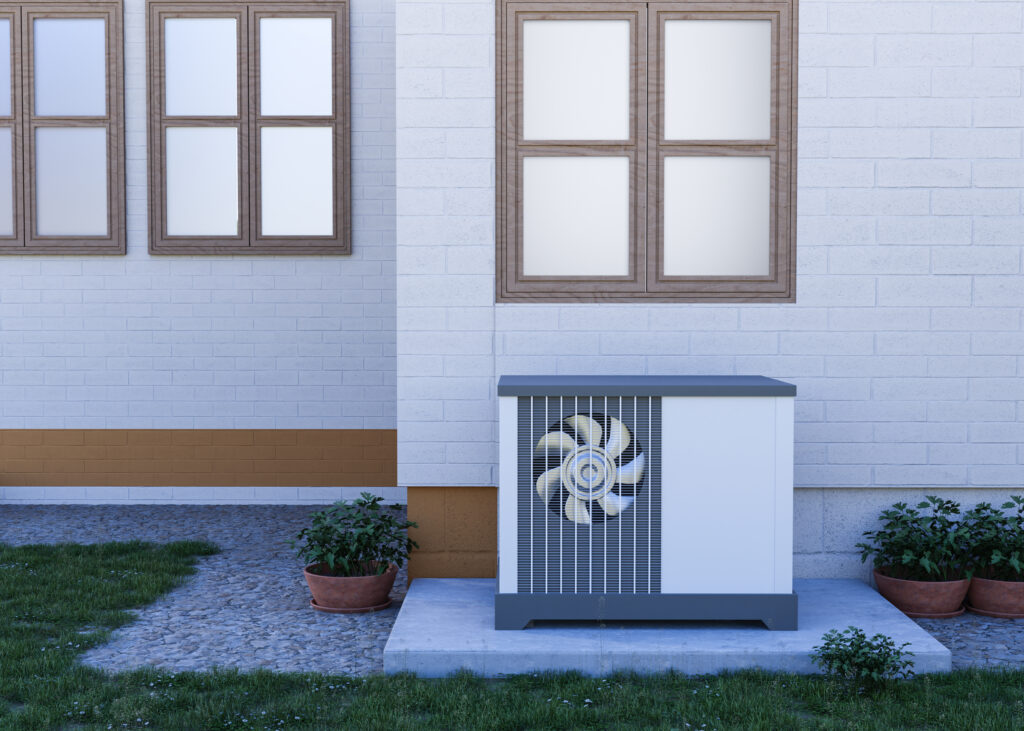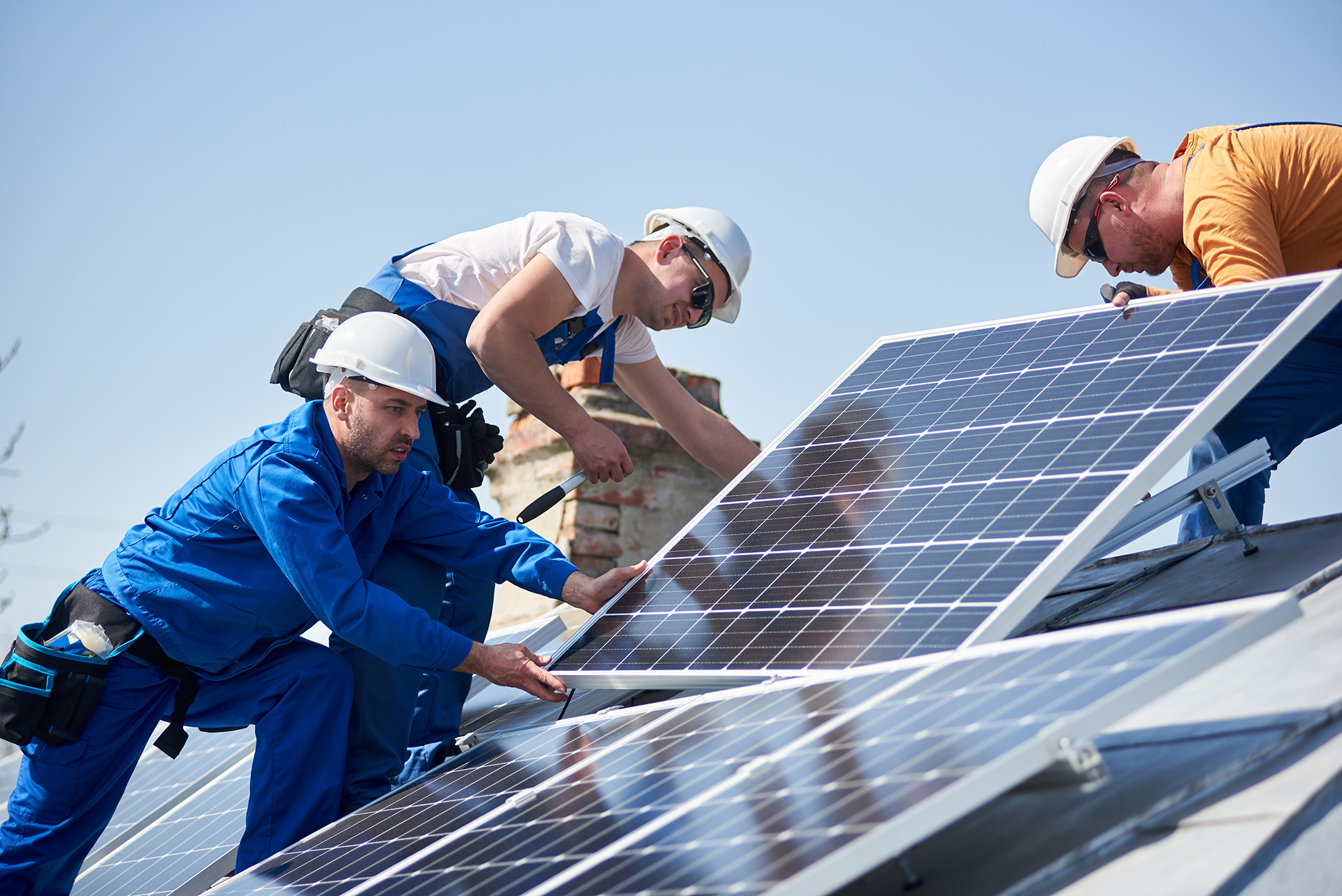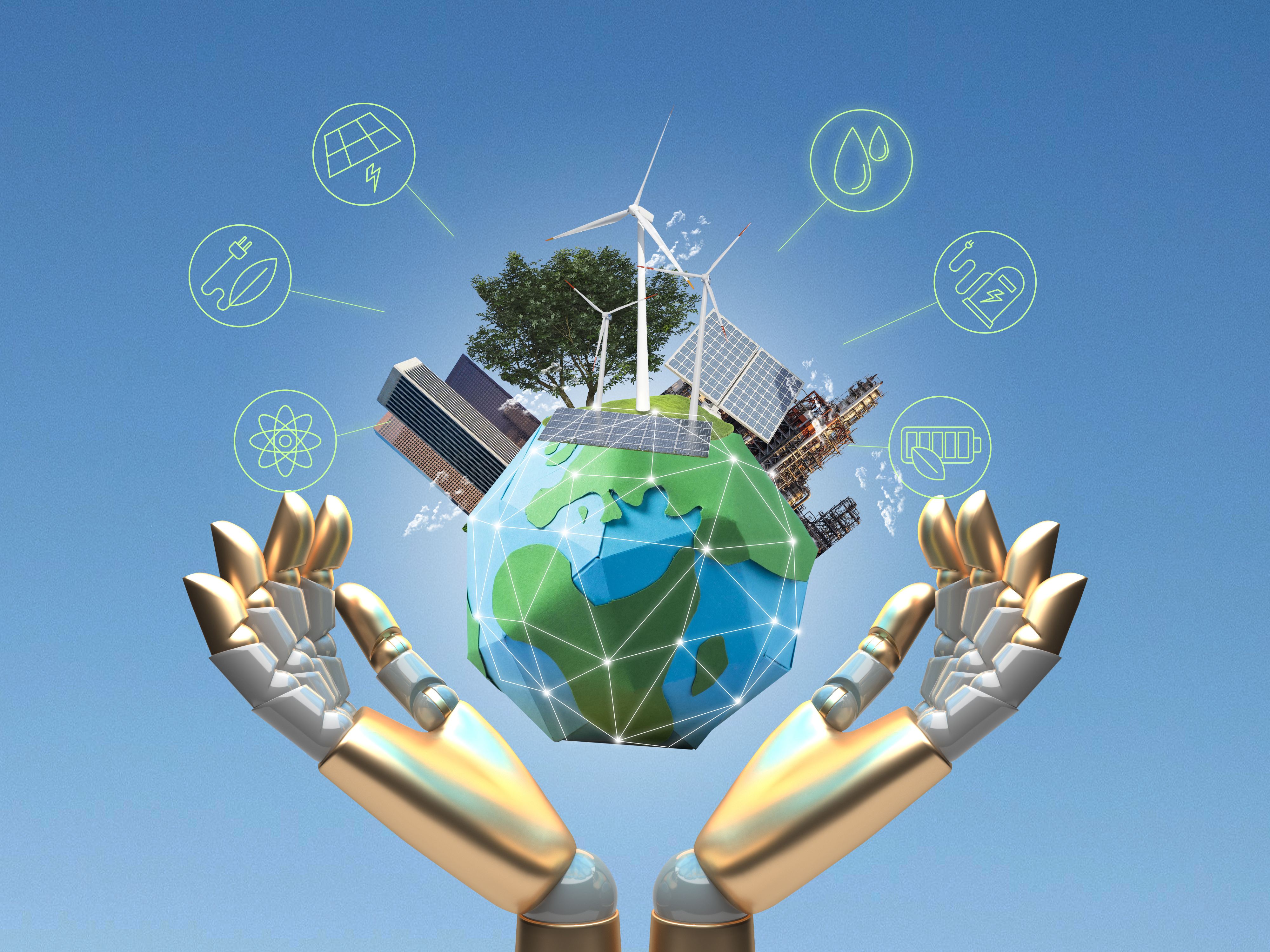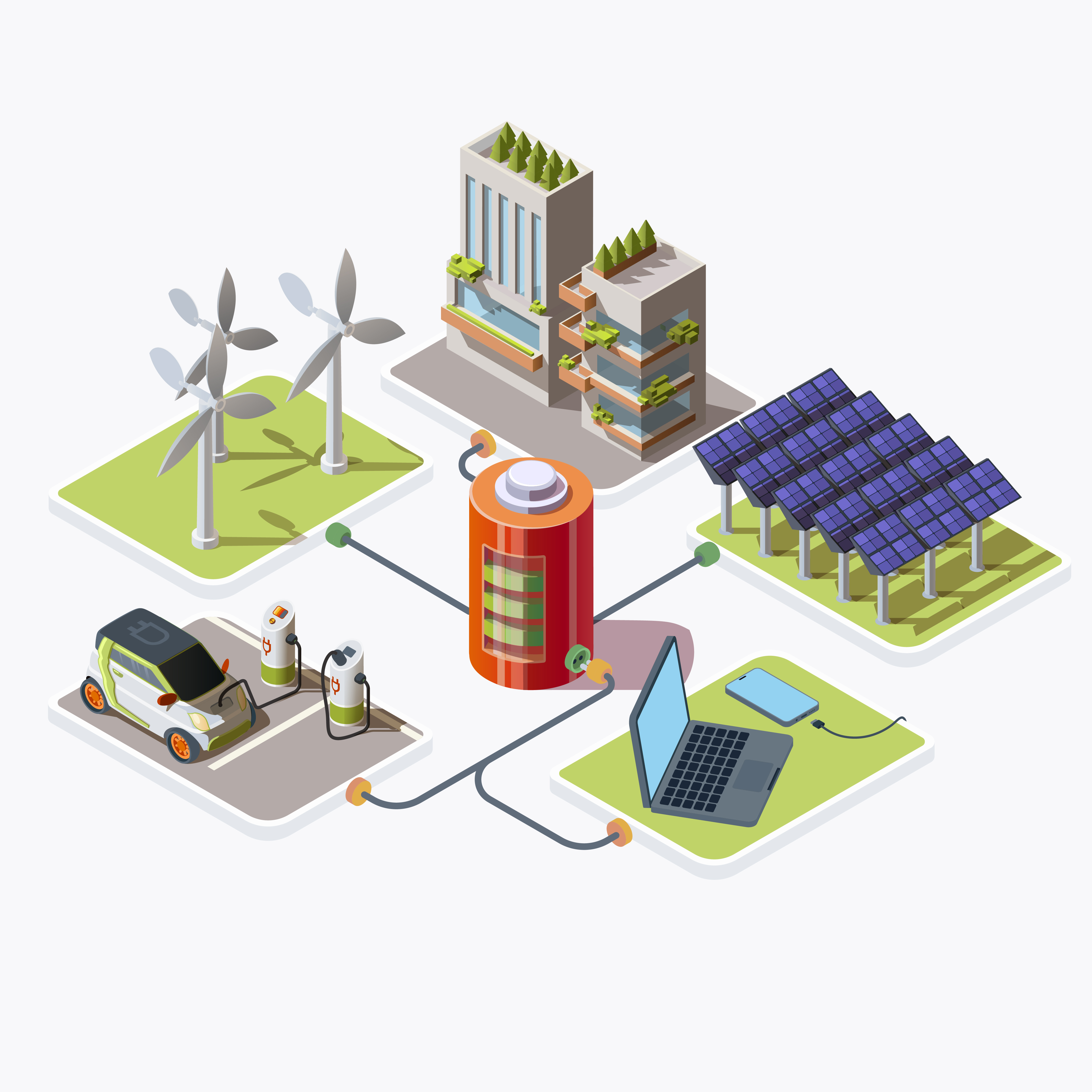Table of Contents
ToggleIntroduction
Heat pump technology has been rapidly evolving in recent years, driven by a growing emphasis on energy efficiency, sustainability, and technological innovation. As we enter 2024, several emerging trends are shaping the landscape of heat pump technology, influencing everything from design and efficiency to applications and market dynamics. In this article, we’ll explore some of the most significant trends that are expected to drive the advancement of heat pump technology in 2024 and beyond.
Sustainable Refrigerants
The use of sustainable refrigerants is becoming increasingly prevalent in the heat pump industry, driven by environmental regulations and the need to reduce greenhouse gas emissions. Traditional refrigerants such as hydrofluorocarbons (HFCs) are being phased out in favor of more environmentally friendly alternatives such as hydrofluoroolefins (HFOs) and natural refrigerants like ammonia and carbon dioxide. These sustainable refrigerants offer several advantages over their counterparts, including lower global warming potential (GWP) and reduced environmental impact.
Artificial intelligence (AI) is playing an increasingly important role in heat pump technology, with AI-driven algorithms being used to optimize system performance, improve energy efficiency, and enable predictive maintenance. By analyzing data from sensors and other sources, AI can identify patterns and trends, allowing heat pump systems to adapt to changing conditions in real-time. This integration of AI is expected to lead to significant advancements in energy savings and system reliability.
Geothermal Heat Pump Systems
Geothermal heat pump systems, which utilize the natural heat stored beneath the Earth’s surface, are gaining traction as a sustainable heating and cooling solution. Advances in geothermal heat pump technology, including improved drilling techniques and more efficient heat exchangers, are making these systems more viable and cost-effective for both residential and commercial applications. With the ability to harness renewable geothermal energy, these systems offer significant environmental benefits compared to traditional heating and cooling methods.
Hybrid heat pump systems, which combine heat pump technology with conventional heating and cooling systems, are emerging as a versatile solution for maximizing energy efficiency and comfort. By leveraging the strengths of both technologies, hybrid systems can adapt to varying climate conditions and energy demands, optimizing performance while minimizing energy consumption. These systems are particularly well-suited for retrofit projects where existing infrastructure can be integrated with modern heat pump technology.
Internet of Things (IoT)
The Internet of Things (IoT) is revolutionizing the way heat pump systems are monitored, controlled, and optimized. IoT-enabled heat pumps allow for remote monitoring and management, enabling homeowners and facility managers to adjust settings and troubleshoot issues from anywhere with an internet connection. Additionally, IoT sensors can provide valuable data insights, allowing for predictive maintenance and continuous optimization of system performance.
Heat exchangers are a critical component of heat pump systems, responsible for transferring heat between the refrigerant and the surrounding environment. Advances in heat exchanger design, including the use of microchannel and nanostructured materials, are improving heat transfer efficiency and reducing energy losses. These advancements are leading to more compact and efficient heat pump systems that require less energy to operate.
As the world transitions towards cleaner energy sources, electrification is becoming increasingly important in the heating and cooling sector. Heat pump electrification involves replacing traditional fossil fuel-based heating systems with electric heat pumps, which can be powered by renewable energy sources such as solar and wind. This shift towards electrification is driving demand for more efficient and affordable heat pump technology, as well as supporting the growth of renewable energy generation.
Modular Heat Pump Systems
Modular heat pump systems, which consist of multiple smaller units that can be combined to meet varying heating and cooling demands, are gaining popularity for their flexibility and scalability. These systems allow for easy expansion or contraction based on changing needs, making them well-suited for applications with fluctuating demand or limited space. Additionally, modular systems can offer redundancy and fault tolerance, ensuring reliable operation even in the event of component failure.
Integration with energy storage systems is enabling heat pumps to store excess energy during periods of low demand and release it when needed, improving overall system efficiency and grid stability. Battery storage technologies, in particular, are being paired with heat pump systems to provide backup power during outages and to shift energy usage to off-peak hours when electricity prices are lower. This integration of energy storage is expected to play a crucial role in the transition to a more decentralized and resilient energy system.
Retrofitting existing buildings with heat pump technology offers a cost-effective way to improve energy efficiency and reduce carbon emissions. By replacing outdated heating and cooling systems with modern heat pump technology, building owners can achieve significant energy savings and enhance comfort levels for occupants. Retrofit projects often involve careful planning and coordination to ensure compatibility with existing infrastructure and to maximize the benefits of the new system.
Decentralized Heat Pump Networks
Decentralized heat pump networks, which distribute heat pump systems across multiple locations rather than relying on a centralized heating plant, are gaining traction for their efficiency and resilience. By dispersing heat pump systems throughout a network, these systems can reduce heat losses associated with long-distance heat distribution and provide redundancy in the event of system failures. Decentralized networks are particularly well-suited for urban areas with diverse heating and cooling needs.
Advanced control strategies, including predictive control algorithms and dynamic pricing integration, are enabling heat pump systems to operate more efficiently and cost-effectively. By analyzing data from sensors and external sources, these control strategies can anticipate changes in energy prices and demand, allowing heat pump systems to adjust their operation accordingly. Additionally, predictive control algorithms can optimize system performance based on weather forecasts and occupancy patterns, further maximizing energy savings.
3D Printing in Heat Pump Manufacturing
The use of 3D printing technology in heat pump manufacturing is revolutionizing the way heat pump components are designed and produced. Additive manufacturing techniques allow for the rapid prototyping and customization of parts, resulting in more efficient and cost-effective manufacturing processes. Additionally, 3D printing enables the creation of complex geometries and lightweight structures that would be difficult or impossible to achieve using traditional manufacturing methods.
Electrochemical heat pumps, which utilize electrochemical compression to transfer heat, are an emerging technology with the potential to revolutionize the heat pump industry. By replacing mechanical compressors with electrochemical cells, these systems offer several advantages, including higher efficiency, lower noise levels, and reduced maintenance requirements. Electrochemical heat pumps are still in the early stages of development but show promise for improving the performance and reliability of heat pump systems.
Thermoelectric heat pumps, which utilize the Seebeck effect to transfer heat between two materials, are gaining attention for their potential applications in niche markets. Unlike traditional vapor-compression heat pumps, thermoelectric heat pumps have no moving parts and can operate silently, making them well-suited for small-scale heating and cooling applications. While thermoelectric heat pumps currently have lower efficiency than traditional systems, ongoing research into new materials and manufacturing techniques could lead to significant performance improvements in the future.
Heat Pump Incentive Programs
Government incentives, such as rebates, tax credits, and financing options, play a crucial role in driving demand for heat pump technology and accelerating its adoption. By offering financial incentives to homeowners, businesses, and utilities, policymakers can help to offset the upfront costs of heat pump installations and make these systems more accessible to a wider range of consumers. Additionally, utility-sponsored incentive programs can incentivize energy efficiency upgrades and promote the use of heat pump technology as part of broader energy efficiency initiatives.
Ensuring the durability and reliability of heat pump systems is essential for maximizing their lifespan and minimizing maintenance costs. By using high-quality materials, robust construction techniques, and rigorous testing procedures, manufacturers can produce heat pump systems that are built to last and withstand the rigors of everyday use. Additionally, regular maintenance and servicing by trained professionals can help to identify and address potential issues before they escalate, ensuring the long-term performance and reliability of heat pump technology.
Heat Pump Noise Reduction Strategies
Noise from heat pump systems can be a concern for homeowners and building occupants, particularly in residential settings. Implementing noise reduction strategies such as sound insulation, vibration damping, and compressor enclosures can help to minimize noise levels and improve occupant comfort. Additionally, selecting heat pump systems with low noise ratings and installing them in strategic locations can further reduce noise disturbance and enhance the overall user experience.
Integrating thermal energy storage systems with heat pump technology offers several benefits, including improved energy efficiency, grid flexibility, and resilience. By storing excess heat or cold generated by heat pump systems during off-peak hours and releasing it when needed, thermal energy storage systems can help to reduce energy costs and alleviate strain on the electricity grid. Additionally, thermal energy storage can enable heat pump systems to operate more efficiently by allowing them to operate at maximum capacity during periods of low electricity prices and low demand.
Data centers, which require large amounts of cooling to maintain optimal operating temperatures for servers and other equipment, are increasingly turning to heat pump technology for efficient and sustainable cooling solutions. By utilizing heat pump systems for data center cooling, operators can achieve significant energy savings and reduce their carbon footprint compared to traditional cooling methods such as air conditioning. Additionally, heat pump technology can provide precise temperature control and scalability, allowing data center operators to meet the evolving cooling demands of their facilities.
Conclusion
As we look ahead to 2024 and beyond, the future of heat pump technology appears promising, with a myriad of emerging trends driving innovation and sustainability in the heating and cooling industry. From advancements in sustainable refrigerants and AI integration to the adoption of geothermal and hybrid systems, heat pump technology is poised to play a central role in the transition to a more efficient, sustainable, and resilient energy future. By embracing these emerging trends and investing in research, development, and deployment efforts, stakeholders can help to unlock the full potential of heat pump technology and accelerate the transition to a cleaner, greener, and more sustainable world.
FAQs
What are the key drivers behind the emerging trends in heat pump technology for 2024?
The emerging trends in heat pump technology for 2024 are primarily driven by a combination of factors including increasing emphasis on energy efficiency, sustainability goals, technological advancements, and evolving consumer preferences. Regulations promoting the phase-out of traditional refrigerants, the growing demand for renewable energy solutions, and the need for more efficient heating and cooling systems are also significant drivers influencing these trends.
How do sustainable refrigerants contribute to the advancement of heat pump technology in 2024?
Sustainable refrigerants, such as hydrofluoroolefins (HFOs) and natural refrigerants like ammonia and carbon dioxide, are playing a crucial role in shaping the future of heat pump technology. By replacing traditional refrigerants with lower global warming potential (GWP) alternatives, manufacturers can reduce the environmental impact of heat pump systems and align with stricter regulatory requirements aimed at mitigating climate change.
What role does artificial intelligence (AI) play in the evolution of heat pump technology in 2024?
AI integration is revolutionizing heat pump technology by optimizing system performance, improving energy efficiency, and enabling predictive maintenance. AI-driven algorithms analyze data from sensors and other sources to anticipate changes in heating and cooling demands, allowing heat pump systems to adjust their operation in real-time. This integration of AI enhances user comfort, reduces energy consumption, and extends the lifespan of heat pump systems.
How are hybrid heat pump systems contributing to the advancement of heating and cooling technology in 2024?
Hybrid heat pump systems, which combine heat pump technology with conventional heating and cooling systems, offer versatility and efficiency in meeting diverse energy needs. By leveraging both heat pump and traditional heating or cooling methods, hybrid systems can adapt to fluctuating climate conditions and energy demands, maximizing energy savings while ensuring reliable performance. These systems are particularly beneficial for retrofit projects and applications with varying heating and cooling requirements.
What are the implications of IoT connectivity in heat pump technology for 2024?
The Internet of Things (IoT) connectivity is transforming heat pump systems by enabling remote monitoring, management, and optimization of system performance. IoT-enabled heat pumps allow users to control settings, troubleshoot issues, and receive alerts from anywhere with an internet connection, enhancing convenience and efficiency. Additionally, IoT sensors provide valuable data insights that facilitate predictive maintenance, improve system reliability, and optimize energy usage, driving advancements in heat pump technology for 2024 and beyond.







